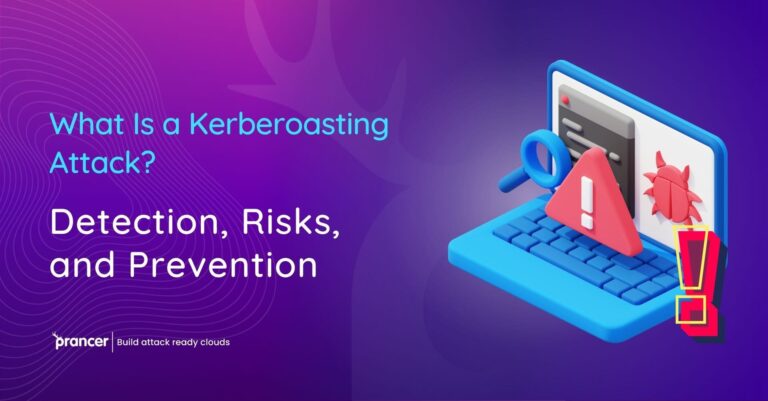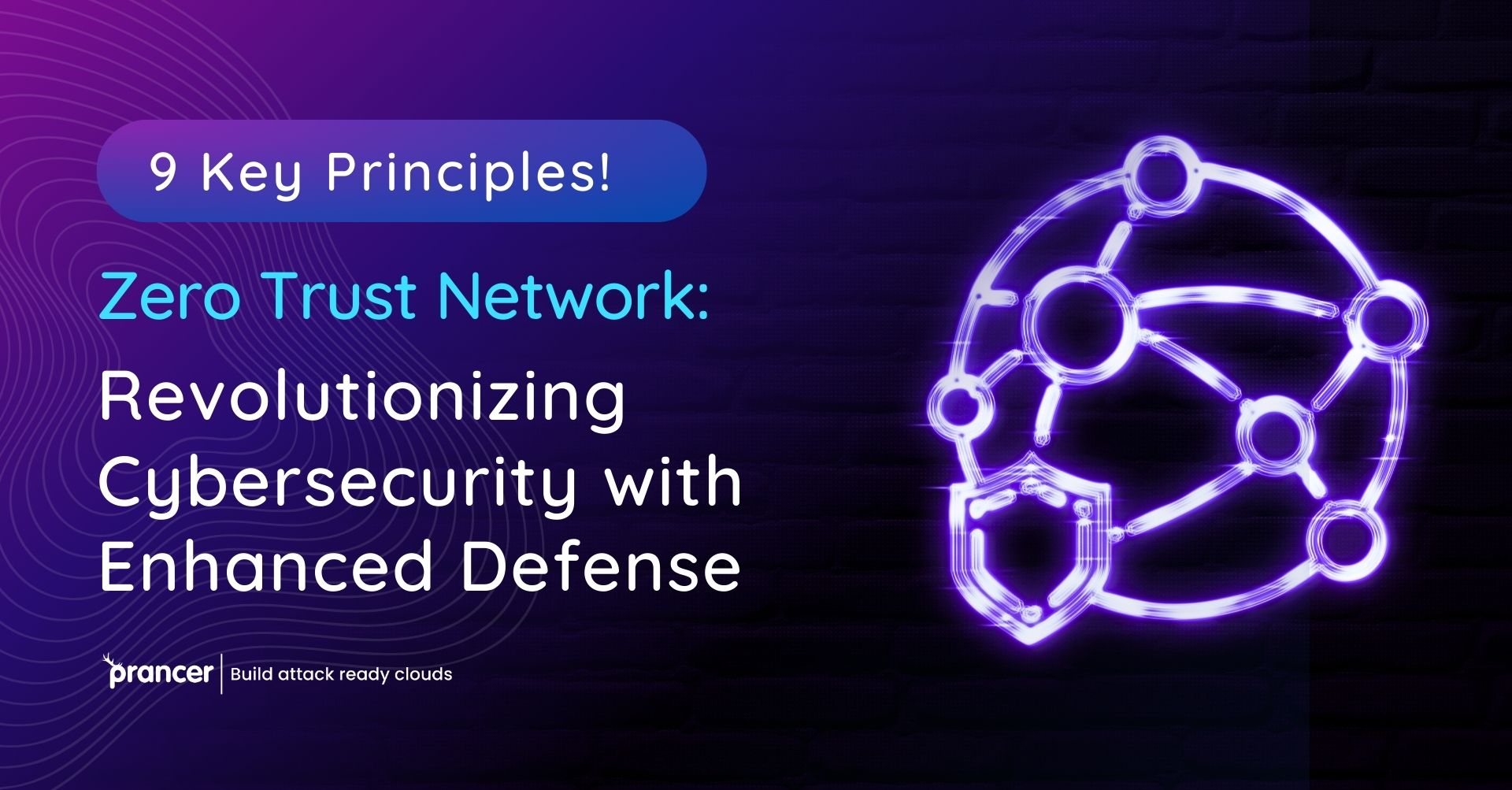In today’s hyper-connected world, with rapidly advancing threats, the zero trust network has emerged as a paradigm-shifting approach to cybersecurity. This blog post delves into the foundational principles behind the zero trust network, elucidating its transformative role in contemporary defense mechanisms. Spotlighting Prancer’s capabilities in automated penetration testing, we demystify the intertwining of this groundbreaking concept with state-of-the-art cybersecurity techniques.
Diving into the Zero Trust Network Principles
- Trust No Entity Implicitly: Central to the zero trust network philosophy is the belief that no entity, be it internal or external, should be given unwarranted trust. Every user or device must undergo stringent verification before gaining access.
- Access on a Need-to-Know Basis: Following the least privilege principle, users and devices are granted access solely to the resources crucial for their functions, thereby minimizing risk exposure.
- Embrace Micro-Segmentation: By fragmenting the network into smaller units, granular access controls are established, hindering attackers from moving laterally and curtailing breach impacts.
- Always-On Monitoring: Uninterrupted monitoring of users, devices, and network traffic is pivotal, ensuring swift detection and mitigation of anomalous activities.
- Strengthen with Multi-Factor Authentication (MFA): MFA layers the security process, mandating users to provide multiple identification forms prior to resource access.
- Uphold Data Integrity with Encryption: By encrypting data, both in-transit and at-rest, unauthorized access is thwarted, safeguarding data even during interceptions.
- Adhere to Defined Access Protocols: Access permissions are determined by predefined policies, rooted in the least privilege principle.
- Device Security is Paramount: Zero trust isn’t limited to network access; it extends to device-level security, emphasizing timely updates and stringent security configurations.
- Harnessing Automated Penetration Testing: To fortify the zero trust network, automated penetration testing becomes indispensable. Prancer’s avant-garde solutions facilitate routine, automated security assessments, pinpointing potential vulnerabilities ripe for exploitation.
Prancer’s Invaluable Footprint in Zero Trust Paradigm
In the expansive trust network canvas, Prancer‘s prowess in automated penetration testing stands out. It aids cybersecurity professionals in adapting to the changing contours of network threats, making Prancer an invaluable ally in the zero trust journey.
The Power of Automated Penetration Testing
A robust trust network relies on the continuous vigilance offered by automated penetration testing. It serves as the bedrock, ensuring zero trust principles are actualized. With tools like Prancer, vulnerabilities are proactively identified and neutralized, thwarting potential cyber-attacks.
Conclusion
Embracing the zero trust network is a monumental stride towards fortifying cybersecurity amidst proliferating threats. As the principles of trust network harmoniously integrate with Prancer’s automated penetration testing ethos, the result is an unparalleled defense mechanism. For enterprises striving to enhance their security blueprint, the synergy of the zero trust network and Prancer’s innovative solutions paves the way, transforming the cybersecurity landscape.


